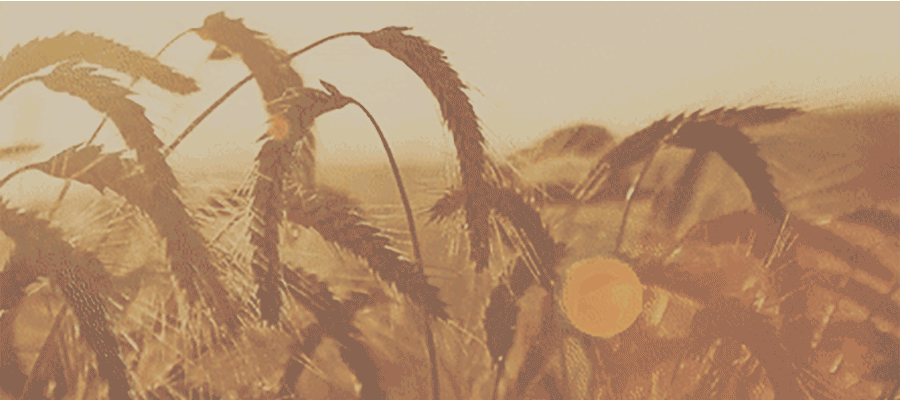Funerary Practices
- Mourning colour is black. It is expected of the remaining family to dress all in black at the funeral and for a suitable time following. Some elect to have mourning rings or other jewelry crafted out of jet as a symbol of their loss, and also a tribute to the deceased.
- Funerary practices are cremation atop a pyre at a high point in the city. This is thought to allow the dead to return to Imaan on the wind. The bodies are burned until nothing but ash remains, and the family of the deceased and those close to them are obligated to stay by the pyre until the process is finished. This can take nearly a day. The pyre is generally lit by next of kin (spouse, sibling, parent, or child), or if no next of kin is available, a close friend may be named in the will. If the deceased died in a manner that means the body cannot be recovered, then possessions belonging to them or another representation of them is burned instead.
- Ashes are gathered and sealed in urns, then stored in an alcove in a spire magically sculpted from the stone. Each family living in the city has their own alcove. Depending on the age of the city, there can be several smaller spires near one large spire to allow for more families and more alcoves. Humans also cremate their dead, but due to the lack of magic, it is more common for human urns to be kept in the family’s home or buried, or for ashes to be scattered over a place of great importance to the deceased, or simply over their property. The spreading of the ash also helps to keep the soil fertile.
Imaan
- Children are highly prized in Gioran society. This is thought to be because their patron god, Imaan, takes the form of a child, and as such children are believed to be closest to the god. It is considered a great tragedy when a person or couple cannot have children, and one of the few reasons a marriage may be nullified without question if one or both parties requests the action. This also makes same-sex relationships uncommon.
- Imaan is viewed as both the most compassionate and most cruel god. Nothing is more gentle than a child, but nothing is as cruel, either. He is thought to be prone to emotional outbursts if he is displeased, which is one of the main reasons that Gioran culture is so highly ritualized. The rituals are believed to please Imaan, and have not changed for hundreds of years, as change can be upsetting to children as well. Couples seeking to have children often leave offerings of sweets or small toys for Imaan in hopes of gaining his favour.
Culture, Economy, etc.
- Jewelry is not uncommon on galdori, and not restricted to women. Most galdori men have at least one ear pierced and may wear other forms of jewelry as well.
- Gior is a very rich country. The act of carving their cities into the mountains exposed vast veins of precious metals and stones. This lead to many skilled artisans. Gioran jewelry is some of the most prized in the world for it’s exquisite beauty and craftsmanship.
- There is not much interaction between galdori and humans in Gior. It is common, yet unspoken, knowledge that galdori cities are entirely dependent on the farms and other resources that come from human settlements. As such, the galdori leave the humans alone for the most part. There is a large human bourgeois section of society that lies roughly in the middle of the social ladder between the humans and the galdori who are in charge of trade. On the galdori end, this position is filled by Passives.
- Passives make up a considerable portion of house servants and other “working class” positions in galdori cities. They are seen as invalids, and being made waitstaff or cleaners or other such things keeps them useful. Gioran passives are allowed to marry and have children among themselves. There are very strict rules regarding interracial marriage. It is considered illegal for a passive to marry or have relations with a galdori or a human. Simply put, passives marry passives, humans marry humans, and galdori marry galdori, which tends to suit all races quite well.
Odd but Interesting?
There is a special phosphorescent gem found only in the canyons and mountains of Gior. It is fast growing and seems to grow towards sunlight, almost like a plant. It is allowed to grow from seed crystals in most of the cities’ vast tunnels and buildings. It gives off a soft violet-blue glow and provides exquisite ambient lighting at night. It is commonly called pueraria. When viewed from far away it is said to make the cities sparkle like stars. It must be trimmed and kept in check however, or it can quickly take over large areas. This is easily accomplished through magic. It is thought that pueraria may be the product of a monic mistake in ancient times, as it seems to only be found in and around galdori cities and not in the Human settlements. Removing even small crystals from the cities is strictly forbidden, as they can grow on most porous natural surfaces (stone, dirt, etc) and may even crowd out plants. Without the proper spells and observation it could cause irreparable damage to the natural ecosystem. In some older areas where structural faults have cause cave-ins, when the cave-in is cleared it is not uncommon to find the area behind covered in pueraria, especially if there is a window or any source of light. It does not interfere with other gems, nor does it grow on glass. This makes pueraria ‘windows’ (panes of glass in front of carved stone depressions affixed with decorative metal frames) a common sight in buildings that don’t receive much natural light from the sun.





